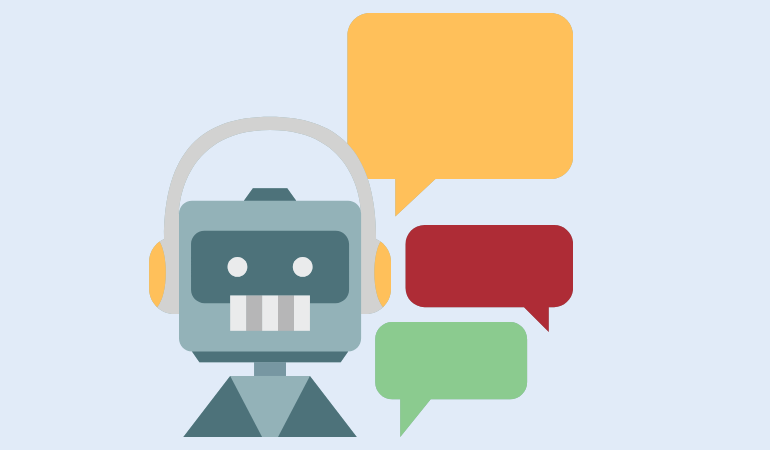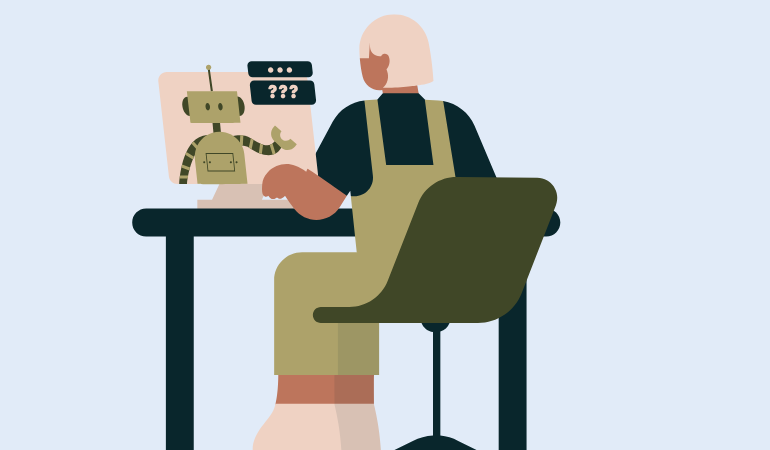With the rise of chatbots, users are increasingly curious about how to tell if they’re chatting with a bot. Chatbots are becoming highly sophisticated, and with platforms like BanglaChatbot that use machine learning, semantic comprehension, and natural language processing to simulate human-like conversations, it can be challenging to distinguish between a chatbot and a human.
Chatbots have become key players in online marketing, representing businesses of all sizes. As chatbot technology advances, the likelihood of chatting with a bot when messaging a business has significantly increased, making it natural for users to wonder how to recognize when they’re speaking with one.
Different types of chatbots exist, and it’s often easy to identify simpler, rule-based bots. These typically follow a structured format, offering pre-set questions with multiple-choice answers, limiting open-ended conversations. It becomes harder to tell when dealing with AI-powered chatbots.
AI chatbots, like those powered by BanglaChatbot, can learn and adapt through a combination of machine learning, semantic understanding, and natural language processing, which makes them more challenging to distinguish from human agents.
Signs That You’re Chatting with a Chatbot
1. Rapid Response Times
Chatbots respond quickly because their responses are pre-programmed, allowing them to reply instantly. Although human representatives may respond quickly, there is often a noticeable difference in the processing time between humans and chatbots, especially when answering complex questions.

Repeat Answers
In chatbot programming, certain responses may be triggered by multiple keywords or questions, leading to repeated or similar responses. This is especially common with non-AI chatbots, which tend to follow a set response pattern rather than dynamically varying their replies.
Doesn’t Speak Naturally
Unlike advanced, AI-powered chatbots like BanglaChatbot, rule-based chatbots often respond in a way that feels less natural. Human representatives typically use conversational language, including sentence fragments, while chatbots may respond with very short, straightforward answers. If the responses feel “programmed,” you’re likely chatting with a chatbot.
Awkward Syntax
Responses with awkward syntax can be a sign that you’re chatting with a chatbot. Errors such as double spacing, strange indentations, and extra punctuation are often programming quirks in chatbots and can indicate you’re speaking with one.
Sending Newsletters and Links Without Asking
Chatbots may send unsolicited links, newsletters, and offers. If the conversation veers off into recommendations you didn’t ask for, it could indicate a chatbot is handling the interaction.
Other signs include frequent apologies for language limitations, overuse of characters or symbols, and overly aggressive promotion.
Ways to Recognize a Chatbot
- Ask Out-of-Place Questions
Questions like, “What are your dreams?” or “How was your day?” focus on the “personal” aspect, which may reveal the chatbot’s limitations. - Use Slang or Abbreviations
Responses to slang or abbreviations such as “lol” or “uhmmm” can indicate if you’re chatting with a bot, as many chatbots may struggle to interpret informal language. - Discuss Current Events
A question about recent news or world events can sometimes stump a chatbot, as these topics may fall outside its programmed responses.
Other strategies include being sarcastic, asking for videos, or prompting them to discuss their preferences. AI-powered chatbots are sophisticated, but applying these tactics and observing signs can often reveal if you’re chatting with a bot.

Leave A Comment